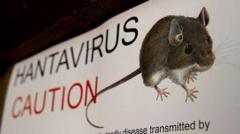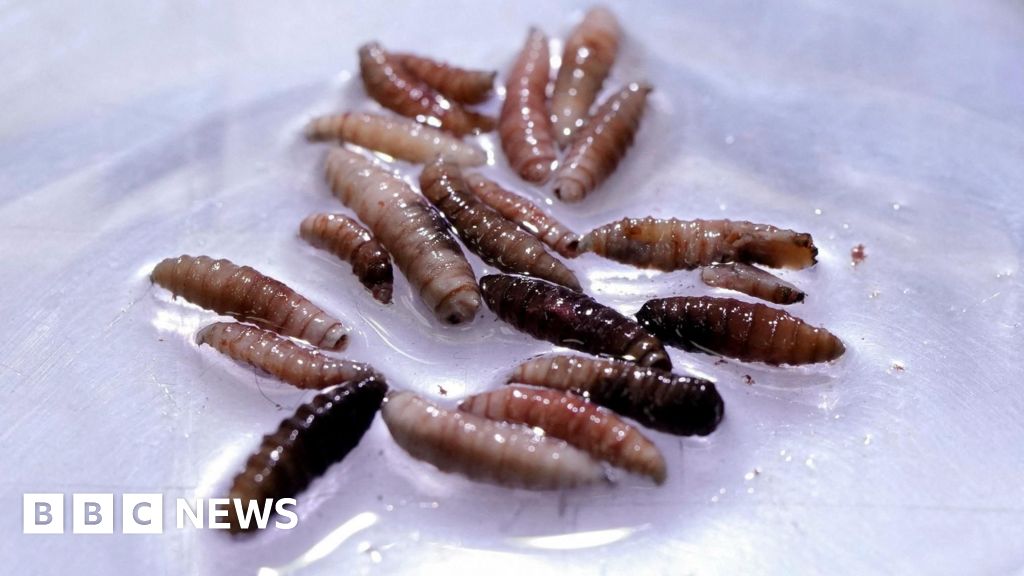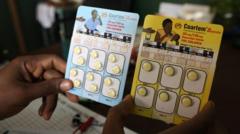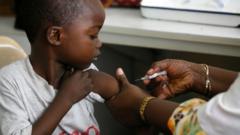What is hantavirus?
Hantavirus encompasses a collection of viruses that primarily rely on rodents for transmission to humans, primarily through inhalation of contaminated airborne particles from dried rodent droppings. Infections transpire when the virus becomes aerosolized from a rodent's excretions, with deer mice recognized as the most frequent carriers in the United States. There are two severe syndromes associated with hantavirus, one being Hantavirus Pulmonary Syndrome, which has been linked to Ms. Arakawa's illness as documented by health authorities. The initial symptoms of HPS include fatigue, fever, and muscle pains, advancing to respiratory issues with a mortality rate reaching approximately 38% if severe.
How prevalent is hantavirus in the US and worldwide?
Statistical data from the CDC reveal 864 confirmed cases of hantavirus in the United States between 1993 and 2022, predominantly in rural areas of states such as California and New Mexico. The CDC began tracking hantavirus after a notable respiratory illness outbreak in the Four Corners area in 1993. Globally, up to 150,000 cases of Hemorrhagic Fever with Renal syndrome are reported annually, predominantly in China.
Is there a treatment?
Currently, there is no specific cure for hantavirus infections; however, supportive care is essential. The CDC endorses hospitalization for severe cases, where advanced medical interventions—including potential intubation—may be necessary. Preventative measures include minimizing contact with rodents in living and working environments by sealing potential entry points and utilizing protective gear when handling rodent waste.
As the investigation surrounding Ms. Arakawa's tragic death unfolds, awareness about the dangers posed by hantavirus is critical, urging communities to remain vigilant against rodent exposure in their surroundings.
Hantavirus encompasses a collection of viruses that primarily rely on rodents for transmission to humans, primarily through inhalation of contaminated airborne particles from dried rodent droppings. Infections transpire when the virus becomes aerosolized from a rodent's excretions, with deer mice recognized as the most frequent carriers in the United States. There are two severe syndromes associated with hantavirus, one being Hantavirus Pulmonary Syndrome, which has been linked to Ms. Arakawa's illness as documented by health authorities. The initial symptoms of HPS include fatigue, fever, and muscle pains, advancing to respiratory issues with a mortality rate reaching approximately 38% if severe.
How prevalent is hantavirus in the US and worldwide?
Statistical data from the CDC reveal 864 confirmed cases of hantavirus in the United States between 1993 and 2022, predominantly in rural areas of states such as California and New Mexico. The CDC began tracking hantavirus after a notable respiratory illness outbreak in the Four Corners area in 1993. Globally, up to 150,000 cases of Hemorrhagic Fever with Renal syndrome are reported annually, predominantly in China.
Is there a treatment?
Currently, there is no specific cure for hantavirus infections; however, supportive care is essential. The CDC endorses hospitalization for severe cases, where advanced medical interventions—including potential intubation—may be necessary. Preventative measures include minimizing contact with rodents in living and working environments by sealing potential entry points and utilizing protective gear when handling rodent waste.
As the investigation surrounding Ms. Arakawa's tragic death unfolds, awareness about the dangers posed by hantavirus is critical, urging communities to remain vigilant against rodent exposure in their surroundings.




















